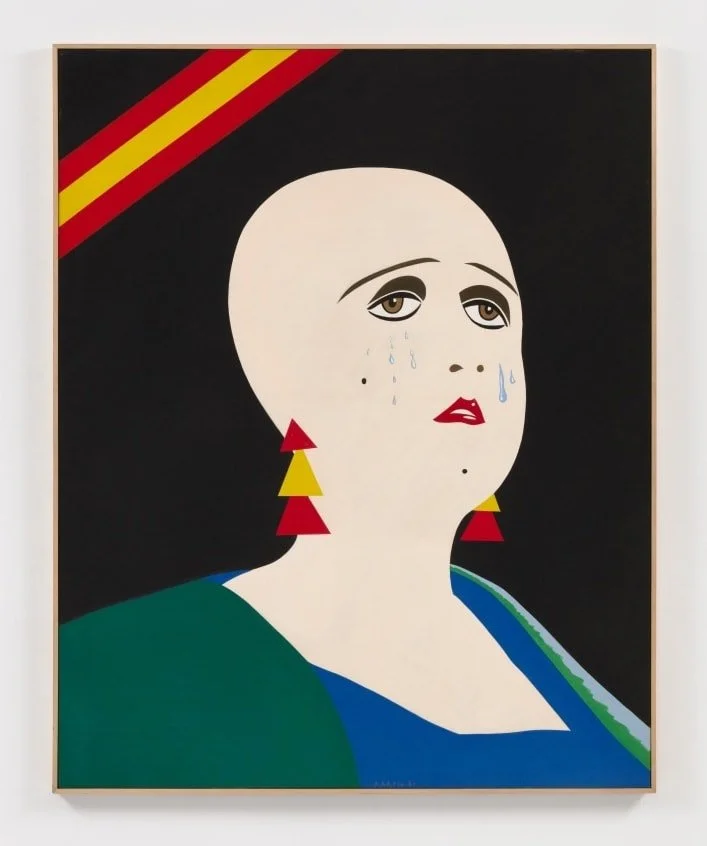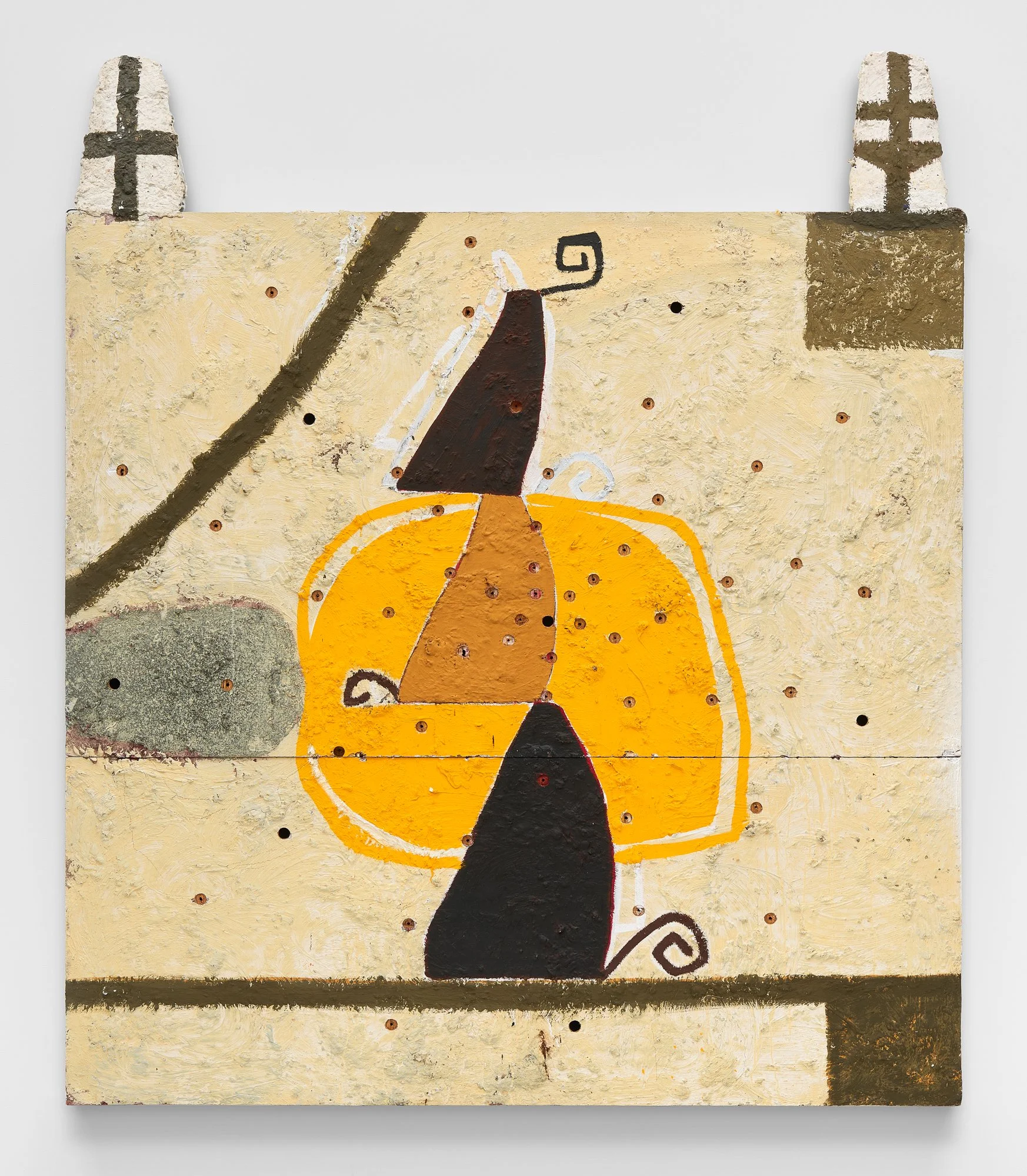Eduardo Arroyo
New York, 545 West 25th Street
When included in the 1975 exhibition European Painting in the Seventies at the Los Angeles County Museum, curated by Maurice Tuchman, Arroyo declared, “After a nearly total eclipse lasting almost fifteen years, the idea that the United States seems interested again in European painting surprises and fascinates me simultaneously. While in Europe we were constantly kept in touch with every little fact concerning the evolution of any American artistic activity, it seemed that a black out had fallen over the other side of the Atlantic, prohibiting any artistic and cultural interest.”
Given the associations with the earlier artists of the historic avant-garde including Duchamp and Picabia, along with his involvement with Equipo Crónica and Equipo Realidad, Arroyo holds a unique position in the critique, vitality, and global dispersion of American Pop Art.
Ferdinand Hodler et son modèle, 2016 oil on canvas 71 x 87 in. / 180.3 x 221 cm
The exhibition will feature over seventy works including oil paintings, drawings, watercolors, and sculptures spanning over fifty years of the artist’s career. Arroyo’s work can be separated into two different stages marked by the death of Francisco Franco in 1976: during exile (1958-1976), and post exile (1976-1998). In violent opposition to the dictatorship, Arroyo’s work engages with the Spanish political climate, and he strategically positions his work to take an ironic, yet critical stance. In the context of this presentation, it must be noted that major works by Arroyo, though not widely known in the United States, are considered seminal to post-war European art and Narrative Figuration.
On the occasion of his 2017 exhibition with the Fondation Maeght, its former director, Olivier Kaeppelin, writes about the artist’s idiosyncratic practice:
Eduardo Arroyo, a painter of history, knows that a work of art is—by essence—anti-historical. This is the founding paradox of his work: it allows him to dance with one foot in and one foot out of each realm. He bets on the simultaneous engagement and distance of each subject matter armed with a sense humor and irony that “work” reality by mixing visual planes that lie beyond logical and argumentative geographies. There is no rhetoric in the work of Arroyo, but rather a constellation of ambivalent propositions where irony is weaponized.







